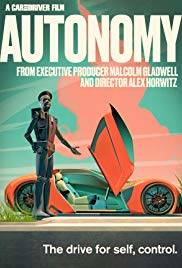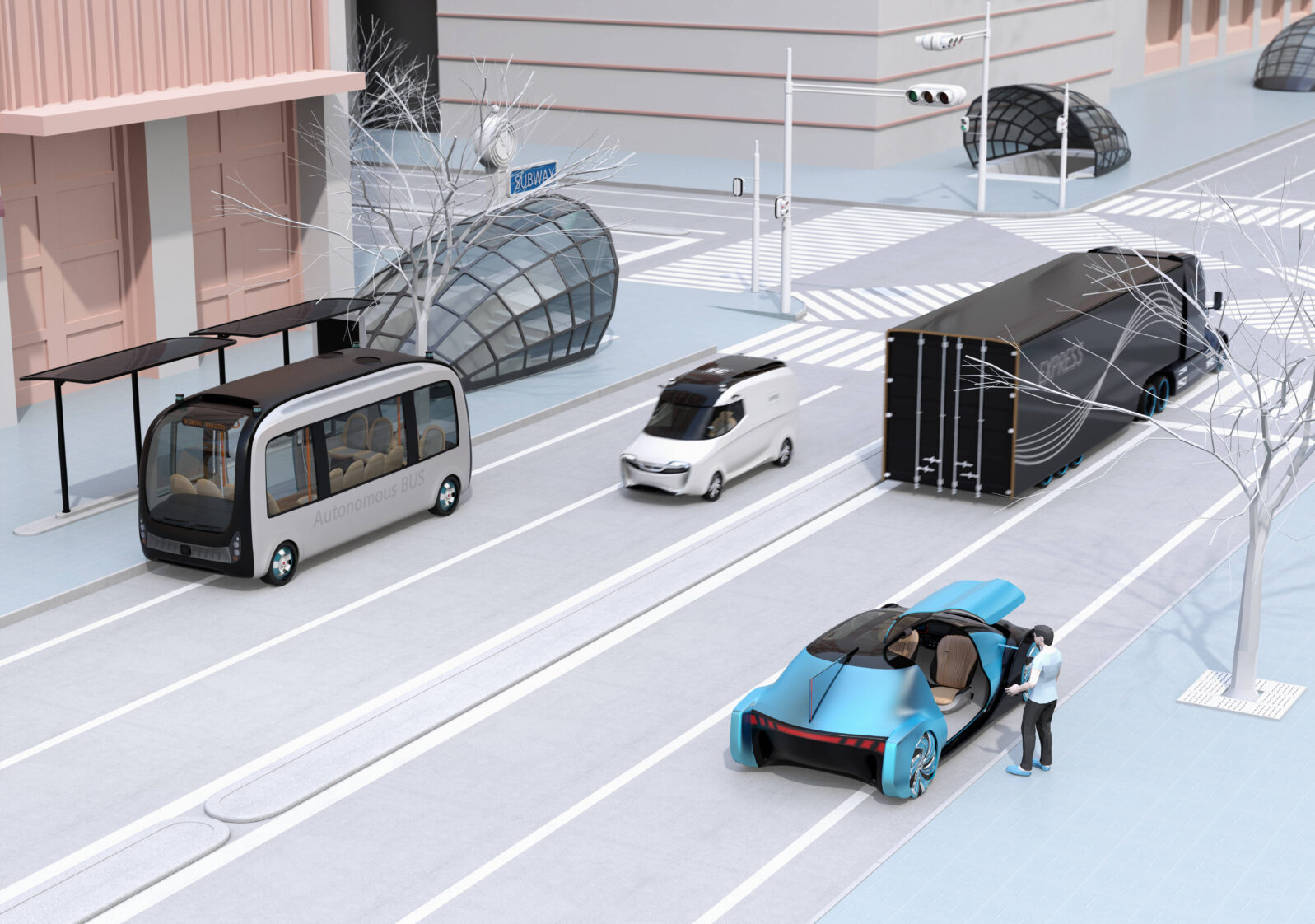Gladwell’s Autonomy: The Future of Our Cars But Not Ourselves?
Malcolm Gladwell’s recent film probes independence, individuality, and what cars mean to usMalcolm Gladwell, author of bestsellers Blink, Outliers, and David and Goliath, recently starred in Autonomy a documentary about autonomous cars. The film debuted last March at South by Southwest (SXSW), and was recently launched for the general public.
The film is a fun, fast-paced look at the past, present, and future of cars and autonomous driving technology. The director, Alan Horwitz, did a great job at giving an even-handed look at the different perspectives on the technology—the excitement of the future, the fear of the unknown, the nostalgia for the past, the dream of the future, and the skepticism of technological salvation.

One thing that sets this film apart is the way it recognizes the place that cars have in our personal psyches. It is strange that such a new invention as the automobile has such a hold on our consciousness. We identify with cars. Even those who don’t generally like cars can usually think of one or two cars that really move and wow them. Cars bring with them such an outsized personality. They become part of the family; many people even name their cars.
The act of driving can also be a thrilling experience. To have a machine that is an extension of yourself, that expands your capabilities while also carrying some of your personality, is an awesome thing. What happens when we become passive passengers? Towards the end, Gladwell notes that the terminology is actually backwards. Autonomy is what we have now. What we are moving towards is not an autonomous vehicle, but becoming part of a network, where individual distinctiveness is lost.
In any case, Autonomy leads the viewer through the history of autonomous vehicles, and shows that video-based lane-keeping technologies date back to research in Germany and Japan in the 1970s and 80s. However, as with any new technology, it takes time to catch on. We learn in passing that ATMs had been around since the 1960s, but were not generally accepted until the 1980s.
In his review of Autonomy at Vanity Fair, Nick Statt notes that this identification of people with their cars is a Western phenomenon, not shared with the entire world. While Gladwell accepts it as a given, there are parts of the world where car culture has not become so ingrained. Perhaps if we really radicalized our thought processes, he suggests, we might find that the notion of a car itself may be an outdated byproduct of a bygone era.
One issue that is hinted at, but not covered directly, is the relationship between degrees of freedom and autonomy. The reason why autonomy is so difficult in the United States is that our roads and transportation system are built to allow for huge degrees of freedom in decision-making and movement. Machines, on the other hand, work best when those degrees of freedom are limited. In order to allow for autonomy to develop, the degrees of freedom available on the public roadways will probably have to decrease.
The movie emphasizes some aspects of the research around autonomous vehicles that get ignored in the glitz and glamor—for example, the interaction of pedestrians with autonomous vehicles. Pedestrians and drivers often exchange social cues when dealing with each other and these cues are not available to autonomous vehicles. Autonomy highlights some interesting approaches to research in this area, including a driver who is disguised as a seat (you read that right), so that the car looks like it is autonomous. This way, the driver can see directly how pedestrians react to a driverless vehicles and safely test what sort of car/pedestrian interactions pedestrians can intuitively participate in.
Gladwell also touches on another idea that is not well covered in other media, that humans need interaction with the physical world. As he notes, removing humans from interaction with our world is not without consequences. The good may outweigh the bad (and in fact the movie tends to presume so) but the consequences will be with us whether we consider them or not.
One issue I have with the movie is its presumption that the move towards autonomy is inevitable. The truth is, as a society, we do have control over which technologies we embrace and which ones we reject. We should not assume that just because famous people believe that X is our future, we have no say in it. We must never forget that it is we, in the end, who decide what our future will look like. We can appreciate the work that others do, but we should never cede our authority, our autonomy, in making decisions about the future of society to self-appointed apostles of the future.
Also by Jonathan Bartlett on self-driving cars:
Self-driving cars: Florida lawmakers speed through caution signs: Legislation seems fuzzy about who accepts responsibility when things go wrong with autonomous vehicles
How self-driving cars can really work today At Mind Matters News, we advocate self-driving technology that doesn’t confuse human and machine powers.
Self-driving cars need virtual rails.
Who assumes moral responsibility for self-driving cars?
Guess what? You already own a self-driving car
Self-driving vehicles are just around the corner … on the other side of a vast chasm…
See also: Virtual roads and West Virginia back roads: AI’s temptation to theft over honest toil (William A. Dembski)
